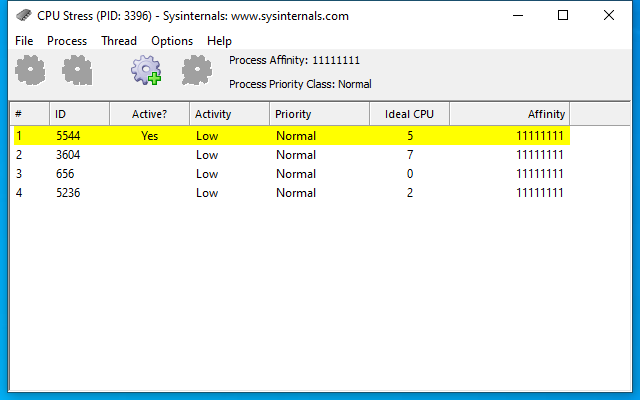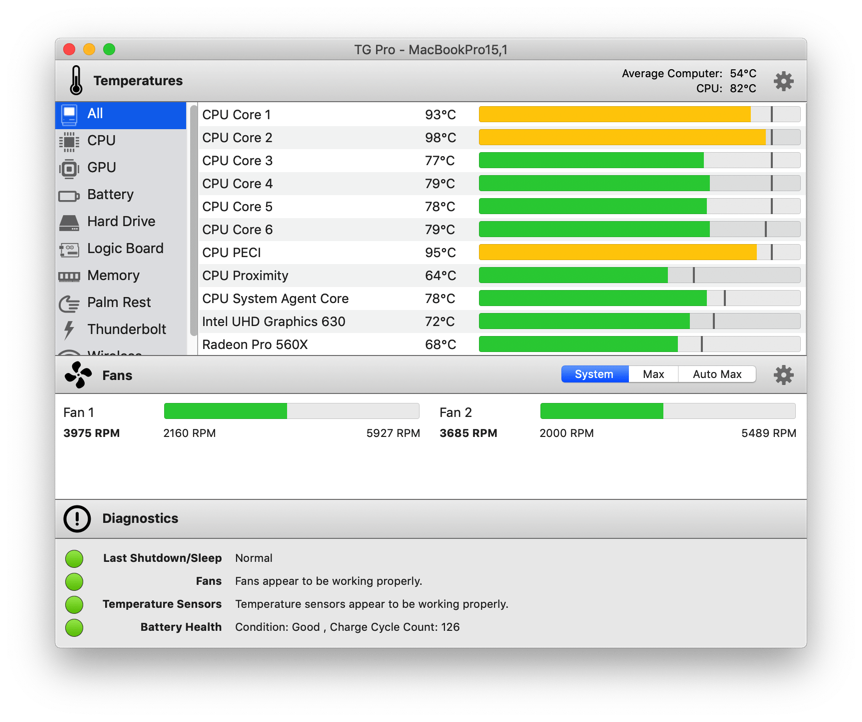

It includes a wide range of stress mechanisms known as stressors.

#Debian cpu stress test generator
I have also specified the minimum scaling frequency as 240MHz and the max at 1.2GHz.Ī quick output from cpufreq-info results in the following: cpufrequtils 008: cpufreq-info (C) Dominik Brodowski 2004-2009ĬPUs which run at the same hardware frequency: 0 1 2 3ĬPUs which need to have their frequency coordinated by software: 0 1 2 3Īvailable cpufreq governors: interactive, conservative, ondemand, userspace, powersave, performanceĬurrent policy: frequency should be within 240 MHz and 1.20 GHz. The stress-ng tool is a stress workload generator to load and stress all kernel interfaces. I've installed cpufrequtils, and am able to modify the governor, which is currently set to performance. It is 1.2GHz, and I am running Debian server.
#Debian cpu stress test how to
It can generate a configurable amount of CPU, memory, I/O, and disk stress on your machine. How to stress test a PC to find errors and crashes JayzTwoCents 3.86M subscribers Subscribe 28K Share 742K views 1 year ago Tutorial: Learn how to stress test a new PC build and the software. From there, open a terminal window and type the following to start the GpuTest GUI: python gputestgui.py. The stress test will run indefinitely.I am using a quad-core H2+ Allwinner CPU on my OrangePi Zero. is a workload generator tool designed for POSIX systems. The stress-ng tool is designed to stress test kernels and hardware. You will see the CPU graphs rapidly update, showing the current processor temperature, frequency and utilization. Alternatively you can also use the mouse to select.

Using the arrow keys, navigate to Stress and press the spacebar.
#Debian cpu stress test install
To install stress, open a terminal and enter the following. FIRESTARTER is a simple yet versatile Open Source tool that reliably exceeds the power consumption of other stress tests and creates very steady power. We will do the following: Create experiment template to stress CPU. The CPU stress tests are mostly run by the developers and programmers who need to know the durability and strength of a system before releasing this publicly. Stress works with all types of CPUs, we use it to stress test Raspberry Pis as part of the stressberry Python benchmarking tool.ġ. The Linux CPU stress test is an out of the box FIS action. The stress-ng tool will stress test a Linux computer system in various selectable ways. Jitter measuring for the IRQ, on Linux PREEMPTRT, and the FIQ, on a standard Linux, concerning the four tests load, namely, CPU stress test (A and B). To push our machine to its limits we installed “stress” a stress testing terminal tool. Using S-TUI to Stress Test Your Machineīy default, S-TUI is configured to only monitor your system. Use the up and down arrow keys to navigate the sidebar, but S-TUI also supports the use of H and J to scroll, much like you would in Vim. On Linux-based systems such as Ubuntu, Fedora, Debian, CentOS, and others, those were some commands to check CPU speed. Step 1: Open Terminal Open the terminal by pressing Ctrl + Alt + T on your keyboard or by searching for it in the applications menu. The i7z is a dedicated tool for displaying processor states on Intel i3, i5, and i7 based CPUs. To change the refresh rate from two seconds to 0.1, change the value of Refresh:2.0 on the sidebar to 0.1, note that this will put extra strain on your Pi. S-TUI also has the ability to stress-test the CPU by increasing its utilization to simulate a heavy load.


 0 kommentar(er)
0 kommentar(er)
